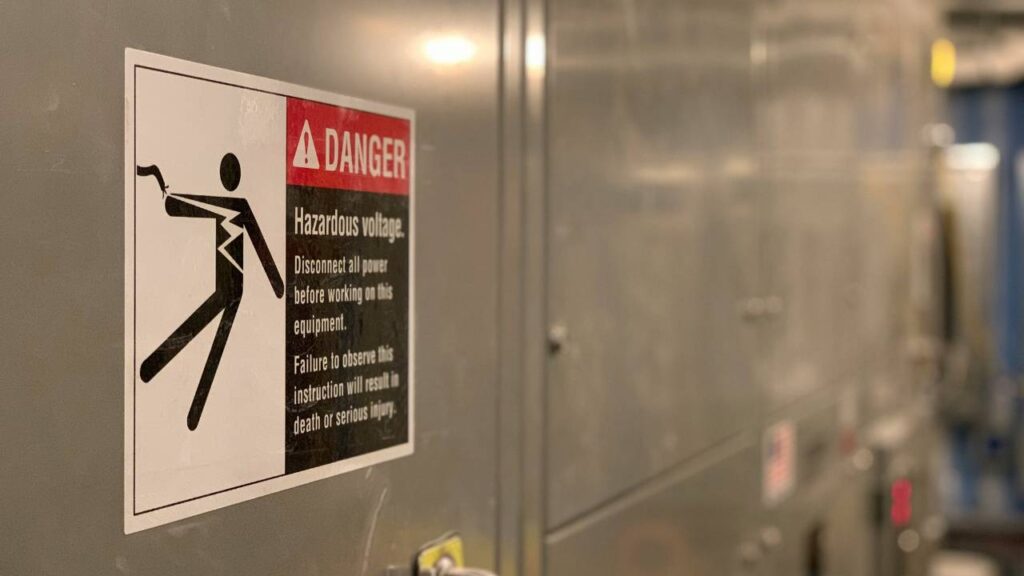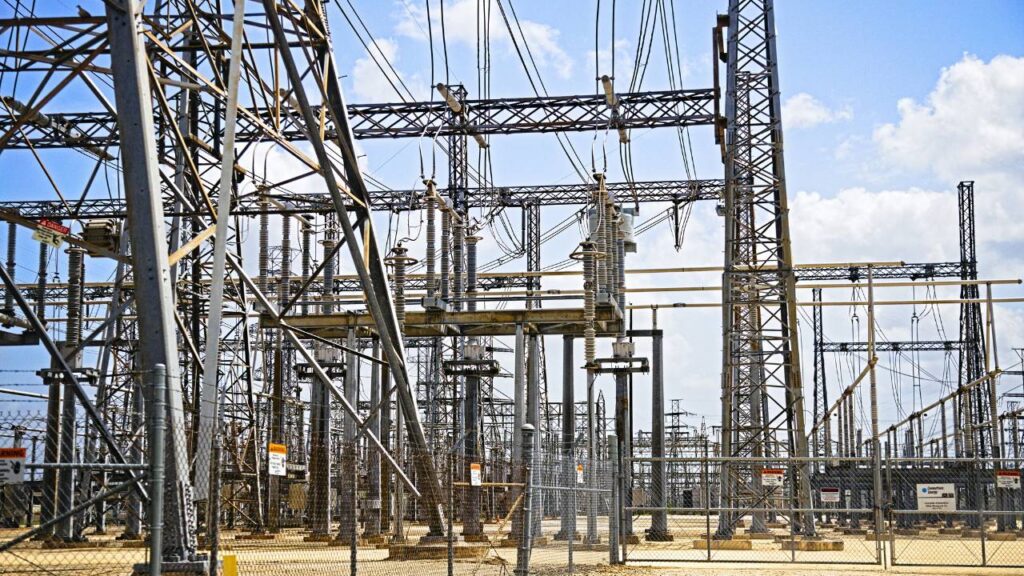
Irish industrial safety regulations have undergone important revisions in 2025, affecting how businesses manage compliance, calculate costs, and fulfil legal duties. For company directors and safety managers, these changes are now integral to daily operations—not just to avoid penalties, but also to ensure worker safety, sustain licensing, and safeguard company reputation. Effective regulatory compliance has become a central strategic priority, as organisations realise that proactive measures reduce expensive incidents and strengthen their competitive standing.
Major Regulatory Updates in Irish Electrical Safety Standards for 2025

In 2025, Irish authorities introduced revised electrical safety regulations to reflect tighter EU requirements. The new rules significantly raise the bar for inspection frequencies, requiring all industrial sites to complete certified electrical inspections at least once every twelve months. Certain high-risk environments now face mandatory inspections every six months.
Equipment standards have also been updated, mandating the use of internationally certified components, particularly for items such as circuit breakers, industrial control panels, and earthing devices. Importantly, all equipment purchased or installed after 1 January 2025 must bear the new certification marks recognised across the EU.
Enhanced documentation protocols are now a legal requirement. Organisations must maintain comprehensive records of inspections, maintenance activities, and corrective actions. These documents are subject to spot audits by regulators, and missing or incomplete records constitute a direct compliance breach.
The new regulations have redefined what now count as electrical compliance mistakes. Practices that previously met the minimum standard—such as informal record-keeping or using legacy equipment without updated conformity assessments—are now considered non-compliant. Businesses must update procedures and review all existing systems to ensure alignment with current standards.
Industrial operations in sectors such as pharmaceuticals, manufacturing, and energy face particular pressure owing to their complex electrical infrastructures. Adapting to these changes is essential to avoid regulatory penalties and maintain uninterrupted operations. The regulatory refresh is closely mapped to EU directives, supporting harmonised safety standards across member states.
Enhanced Worker Protection Requirements and Training Obligations
Recent regulations have introduced more rigorous safety obligations, expanding the standards for personal protective equipment that must be supplied. Employers are now obliged to ensure all protective equipment meets higher compliance levels and is appropriately fitted to each worker.
Safety protocols have been updated to require more frequent risk assessments and the development of site-specific safety procedures. Employers must make sure that all staff are informed of these new procedures and their roles within emergency response plans.
One area with notable change is electrical safety training. Workers who handle or are exposed to electrical systems must now complete enhanced training programmes. Businesses are required to source certified courses, keep detailed records of employee qualifications, and schedule regular updates in order to stay compliant.
Mandatory certification requirements for staff have also increased. All employees in high-risk roles must attain certifications from recognised bodies and complete periodic refresher courses. This results in increased training budgets and the need for more robust tracking of staff credentials.
These strengthened rules influence staffing requirements, as businesses may need to allocate resources for additional safety officers and trainers. Operational procedures must be adapted to include thorough onboarding and continuous training, ensuring ongoing compliance with new regulatory expectations.
Updated Infrastructure and Equipment Compliance Standards

Industrial businesses in Ireland must now comply with new technical standards for electrical infrastructure. These revised standards introduce stricter requirements for materials, installation, and ongoing maintenance. Companies are expected to keep detailed records of compliance to demonstrate adherence during inspections.
Testing requirements have also become more rigorous in 2025. All electrical installations, both newly constructed and existing, need to be tested at shorter intervals. Certification must be secured from accredited bodies, and certifications are valid for defined periods before retesting is mandatory.
A significant point for facilities with high-voltage systems is the mandatory update to substation safety equipment. This includes installing equipment that offers higher levels of electrical insulation and enhanced fault detection, as required by the new regulations. Using legacy safety equipment may no longer meet regulatory expectations.
For new construction projects, the regulations require incorporating compliant equipment from the outset. All electrical equipment must display proper CE marking certification to demonstrate compliance with EU safety standards before installation. Existing sites must assess their infrastructure and plan upgrades to ensure all installations match present-day specifications. Upgrading control panels, wiring, and protective devices may be needed to satisfy these latest guidelines.
The updated standards place emphasis on both equipment reliability and worker safety. Management teams must work with certified engineers to review current systems, identify gaps, and ensure proactive investment in compliant technology. Failure to meet these new requirements can result in regulatory penalties and impact business continuity.
Implementation Timelines and Enforcement Priorities
The regulatory authorities have set staged deadlines for compliance with the new industrial safety requirements. Initial obligations, including updated risk assessments and safety training records, must be met by 1 September 2025. Full implementation of advanced monitoring systems and reporting procedures is expected by 30 November 2025.
A transition period of three months applies for smaller enterprises, extending some deadlines to 1 December 2025. During this phase, inspectors may focus more on guidance than penalties, especially where businesses can demonstrate active efforts toward compliance.
Enforcement efforts will prioritise sectors with higher historic accident rates, such as manufacturing and chemical processing. Larger organisations may receive unannounced inspections, while smaller firms will receive notice prior to visits. Inspectors will pay particular attention to documented risk controls, employee safety briefings, and real-time monitoring measures.
Business leaders should also note that regulatory bodies intend to audit digital record-keeping systems alongside traditional paper documentation. Early engagement with inspectors and prompt corrective actions are encouraged to avoid formal enforcement actions.
Strategic Compliance Planning and Cost Management for Irish Businesses

Effective compliance planning starts with a clear assessment of regulatory obligations and organisational risks. Irish business leaders should conduct regular reviews and audits to map current practices against new safety requirements. This forms the foundation for a comprehensive compliance strategy.
It is advisable to allocate specific budgets for safety upgrades, training, and documentation processes. Treating compliance costs as planned investments helps avoid unanticipated expenses and supports long-term financial stability. A phased approach to implementation, targeting high-risk areas first, can spread costs over time and reduce operational disruption.
Increasingly, compliance is being recognised not just as a legal necessity but as a core business strategy that strengthens operational resilience and stakeholder trust.
Investing in staff training not only addresses regulatory needs but can also lead to greater operational efficiency. Well-trained teams are more likely to identify hazards early, prevent incidents, and reduce downtime. This can have a positive impact on insurance premiums and claims history.
Leveraging technology for compliance reporting and monitoring brings additional value. Automated systems streamline record-keeping and reduce manual errors, saving both time and resources. Careful selection of solutions tailored to the company’s size and industry is essential to control ongoing costs.
Regular engagement with insurers may help businesses demonstrate their proactive risk management. This could support negotiations for more favourable policy terms. Proactive communication with regulators also ensures clarity and may prevent costly penalties due to misunderstandings or delayed compliance.
Conclusion
Recent regulatory changes in Irish industrial safety require business leaders to embrace a proactive approach, prioritising structured planning over last-minute compliance measures. Early investment in updated systems, training, and documentation not only ensures adherence to new standards but also drives safer and more efficient operations. By treating compliance as a strategic advantage rather than a burden, organisations can protect their workforce, reduce risks, and enhance their competitive position. Those who adopt these standards early demonstrate leadership and prepare their businesses for sustainable growth in a regulatory-focused landscape.
